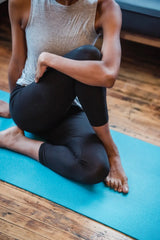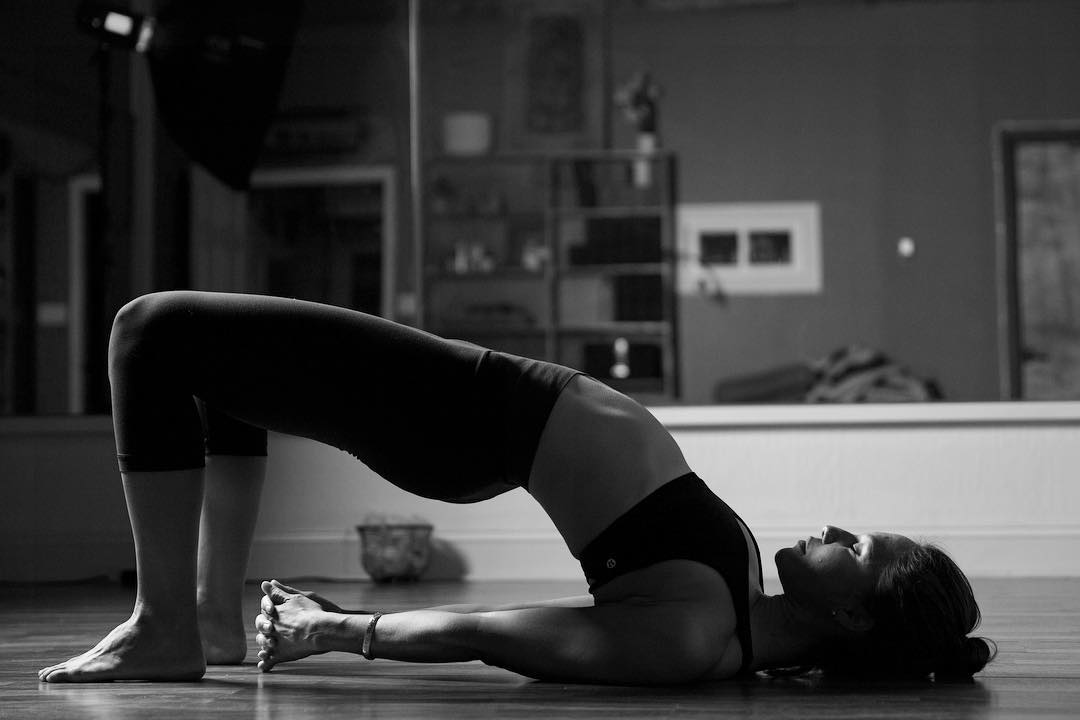How Surfing Can Mess Up Our Hips and Butts—and How We Can Deal With It
Share
How Surfing Can Mess Up Our Hips and Butts—and How We Can Deal With It
An acquaintance of mine recently went into a running store in a landlocked state on the mainland to have his gait evaluated and get some recommendations on shoes. After putting him on a treadmill and filming his gait, the professional at the store asked, “Are you a surfer? You run like someone who has spent years on a surfboard, with your feet pointing slightly away from each other and more weight on your back foot.”
My acquaintance found this pretty amazing. Not only had he been surfing his entire life, but the runner who recognized this lived 1000 miles from the ocean. How had something as simple as a running gait given away the fact that he surfed?

As it turns out, the way that we stand on our surfboards—with one leg behind the other and a rotational twist in our hips—can really mess with our hips and throw them out of alignment. And since our hips are the main hinge around which the body bends, this can affect a lot of other areas in the body. The hips are directly connected to the glutes (the biggest muscle in the body) and the lower back, and this is typically where a lot of people feel pain and misalignment.
We have talked about lower back pain in previous articles, but haven’t mentioned much about pain in the glutes. Although there is a myriad of factors that can cause pain in the glutes, the three main ones tend to be sciatica, piriformis issues, and simple overtightening of the muscles.

Sciatica is typically caused by disc issues in the lower back, but even that can be related to tight and misaligned hips and glutes, since any added tension in the lower body can aggravate back issues.
Meanwhile, piriformis issues arise from spasms and tightness in the piriformis muscle, which is located in the buttock area. Not only does this cause localized pain, but it can also aggravate sciatica and cause referred nerve pain.
Finally, since they are such a large muscle, the glutes themselves can get super tight, particularly if they are accompanied by overtight hip flexors.
Sciatica can range from mild to severe, with the worst cases requiring disc surgery. Most sciatica flare-ups will resolve on their own, particularly with stretching and activity. One of the worst things for sciatica is to sit for prolonged periods of time (which is unfortunately what we end up doing while we work in front of our laptops), so it is important to integrate movement into your day. If you have butt pain related to piriformis or other muscle tightness, there are a few stretches that you can do to help deal with that. This informative article has detailed descriptions of 10 exercises and stretches you can use to manage piriformis and sciatica pain.
Finally, it is important to remember that what is causing our pain is often an imbalance in another part of the body—and butt pain could very well be from overtight hip flexors. Ideally, we will spend time each day both stretching our hip muscles and strengthening our core to try to prevent imbalances from starting. The downward facing dog is a great yoga stretch that helps with this, as is the supine pigeon. The seated half twist is another great stretch for the butt and hips. Meanwhile, a simple hip lift is a great way to tone up the lower back, hips, and glutes, which will help stabilize your muscles during activity so that you are less likely to develop imbalances.

